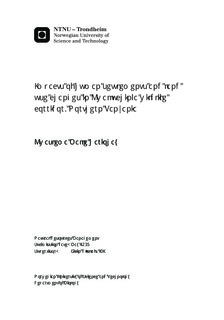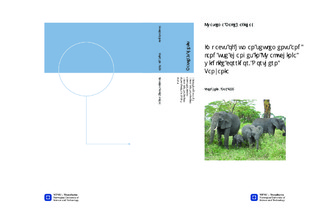| dc.description.abstract | The Kwakuchinja wildlife corridor is threatened by human settlements and land use changes. This study assesses the impacts of human settlements and land use changes in the period 1990 - 2010. Satellite images for year 1990, 2000 and 2010 were analysed in obtaining the changes in land cover types such as bushland, woodland, cultivated land, grassland and bare soil. Questionnaires were administered to obtain the history of the corridor, wildlife mammals and people s views on the impacts settlements to wildlife. A total of 250 households were randomly selected from three villages (Kakoye, Minjingu and Olasiti) which are found within the corridor. Sixty percent (60 %) of the total area of the Kwakuchinja wildlife corridor was found to be under cultivation (both continuous and scattered cultivated land). The rate natural rangeland habitats conversions to cropland cultivation are high and they are also pressured by a high rate of population growth (3.8 %) in the corridor. Wildlife habitat loss, physical developments, overexploitations of wildlife resources, wildlife competitions with other land use types and pollutions are human related impacts to wildlife in the corridor. Wildlife also caused negative impacts to people in the corridor in terms of crop damage, livestock depredations, human injuries, infrastructure damage and blocking local people to access firewood, schools, dispensaries and shopping canters. Most of the cropland expansions were in the period 2000 2010 that resulted into great losses of natural habitats for wildlife. This is also attributed by immigrations of people from other places opening new fields for cultivations which lead to deforestations and a dramatic decline in bushland, woodland and grassland in Kwakuchinja wildlife corridor. There are dramatic land use changes in the period 1990 2010 and these changes have negative impacts in terms of loss of natural habitats for wildlife, causing negative impacts to both wildlife and people. Conservation educations, land use planning, family planning to reduce rate of natural population growth and income generating projects should be emphasised in the conservation of the corridor. | nb_NO |

